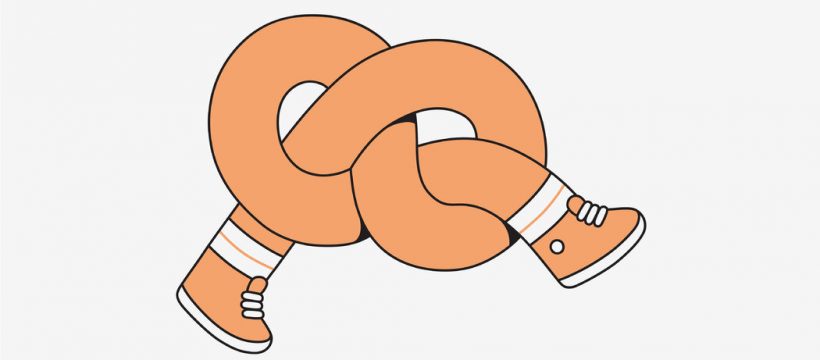“You have to believe, ‘Today is the day I’m going to walk,’ ” says Brady Johnson, a former senior airman for the U.S. Air Force from Belvidere, Ill., who suffered a catastrophic stroke in 2004 during a surgery for a cerebral hemorrhage. One day, Johnson was a healthy 31-year-old training for a marathon. The next thing he knew, he was waking from a weeklong coma, unable to talk or walk. “Day 1 was terrible for me,” he says. “But Day 2, I said, ‘This is a war.’” Someone has a stroke every 40 seconds in the United States; strokes are a leading cause of serious, long-term disability. In rehab, you’ll most likely start with leg lifts in bed, progress to a walker supported by a therapist and work up to a cane. Johnson went on to walk without a cane despite never regaining feeling on his right side. He can’t run anymore, which frustrates him, so he has turned to competitive bodybuilding instead.
Practice your balance. At the beginning, Johnson would stand holding a book to get his right hand and arm working together with his left. Strengthen your muscles. “Don’t just sit there,” says Johnson, who does leg exercises during every commercial when he watches television. Be prepared to do much of the work alone. Johnson’s medical insurance covered eight weeks of rehabilitation and physical therapy. He knows other stroke survivors who got half that, even when the relearning might require a lifetime of work and discipline. “It’s something I’ll always be learning,” Johnson says.
Don’t look down at your feet. You need to extend your gaze out into the distance. “Keep your chin up and shoulders down,” Johnson says. Be prepared to fall; you will. When Johnson was practicing without his cane, he would choose a path along the edge of a grassy lawn for a softer landing. If you can, watch toddlers. Three years after his stroke, Johnson and his wife had a baby boy. Witnessing his son learn to walk offered the most profound lesson of all. Never wracked by doubt, the boy took to the task with playful resilience. “He’d fall, look at me, roll over, stand himself up and walk off,” Johnson says. “I’d see him and think, That’s what I need to do.”
Source: Read Full Article
